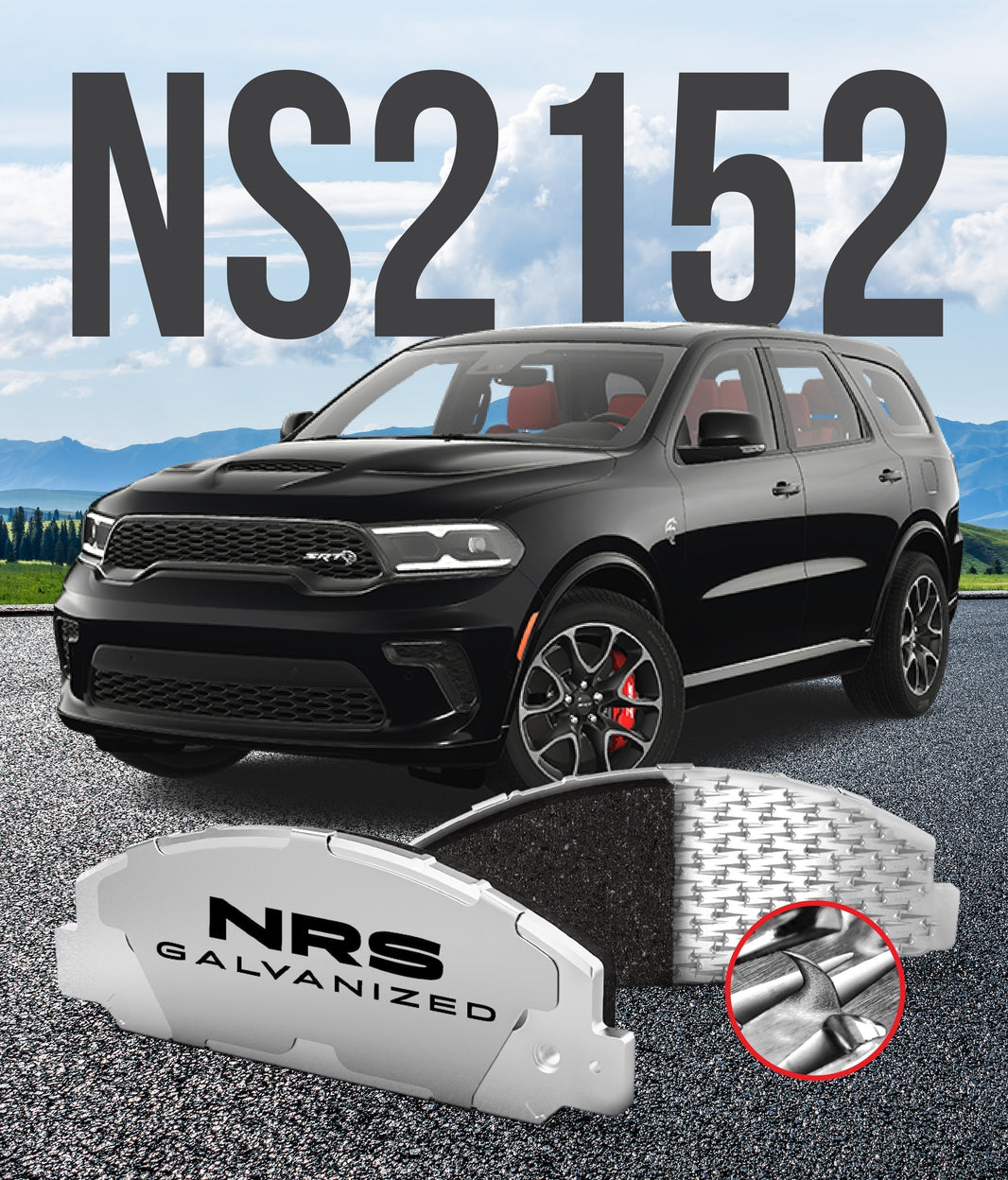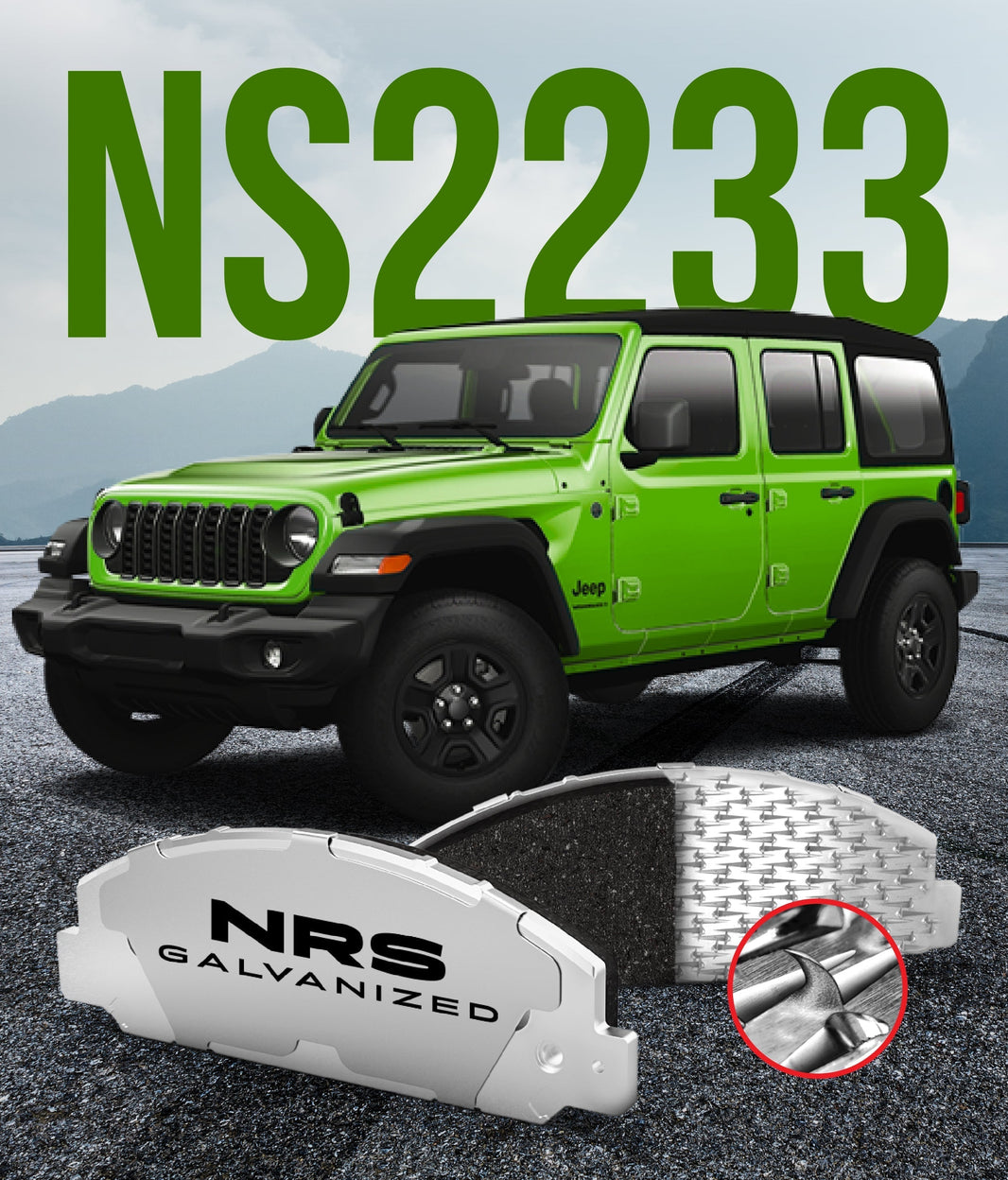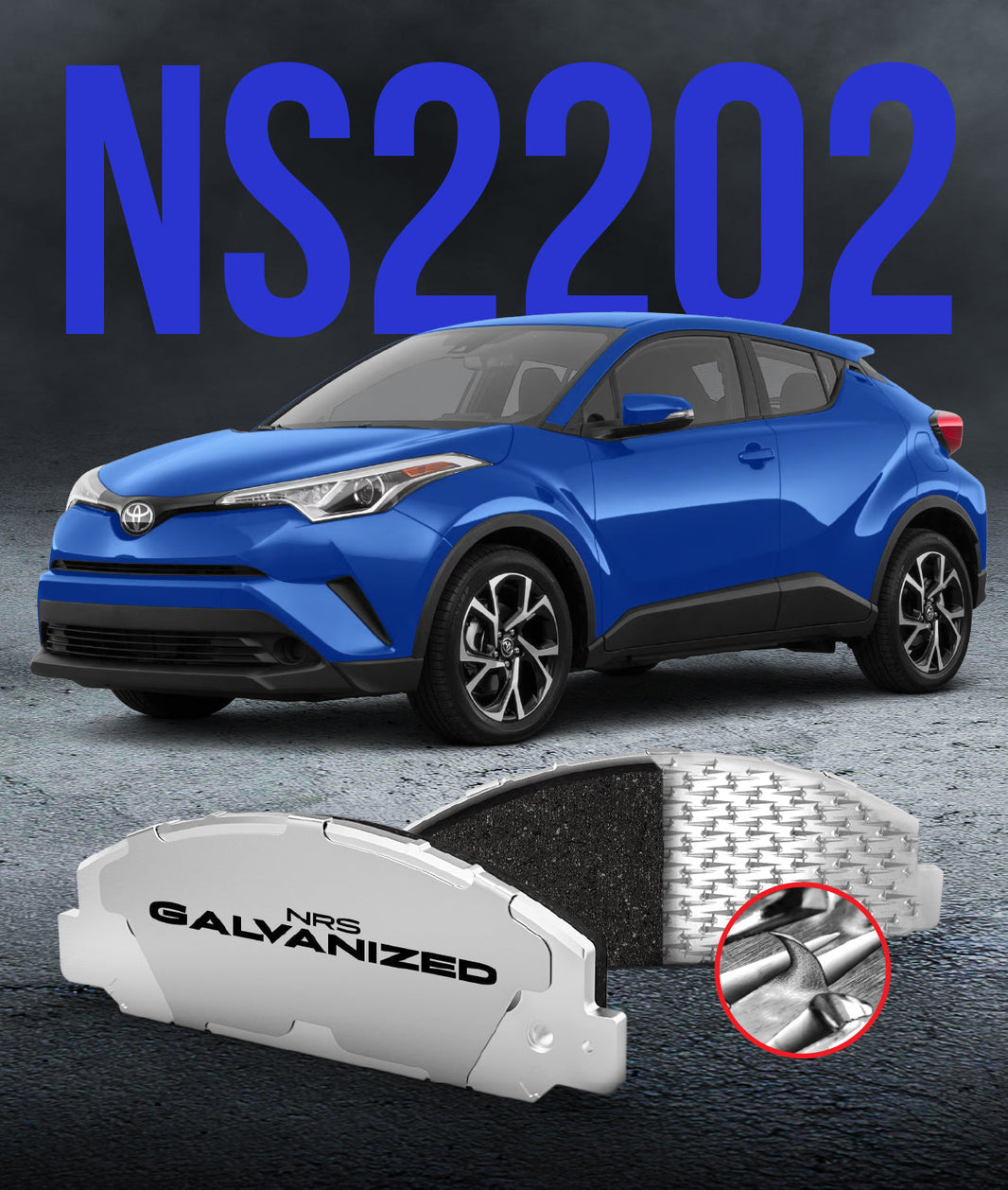
So, you are ready to tackle your first brake job? That is a commendable step towards understanding your vehicle and saving some money. However, like any worthwhile project, success hinges on having the right tools for the task. Attempting a brake job with an incomplete or inadequate DIY Brake Job Toolkit is not only frustrating but can also compromise your safety.
Imagine trying to build a piece of furniture with only a screwdriver. You might get some screws in, but the end result will likely be wobbly and unstable. The same principle applies to your brakes. This guide will walk you through every essential tool you will need to confidently and safely complete your first brake pad replacement.
The Non-Negotiables: Safety First
Before we even talk about wrenches and sockets, the absolute priority is safety. Your braking system is the most critical safety feature on your vehicle. You must have the right safety equipment to protect yourself during this job. Shortcuts here are simply not worth the risk.
Think of these items as your personal armor for the task. They protect you from potential injury and create a safe working environment.
-
Jack and Jack Stands: A sturdy floor jack rated for your vehicle's weight is essential for lifting the car. Never, ever work under a vehicle supported only by a jack. Always use at least two high-quality jack stands placed on designated support points to secure the vehicle.
-
Wheel Chocks: These small wedges are placed behind the wheels that remain on the ground. They prevent the car from accidentally rolling while you are working on the raised wheel.
-
Safety Glasses: Brake dust and debris can easily get into your eyes, causing irritation or injury. Wear safety glasses throughout the entire process.
-
Gloves: Brake cleaner and old brake fluid can be harsh on your skin. Wear nitrile or mechanic's gloves to protect your hands.
The Foundational Tools: Wrenches and Sockets
The core of any mechanic's toolkit revolves around wrenches and sockets. These are the tools you will use to loosen and tighten the various bolts and fasteners that hold your brake components together. Having a good variety of sizes and types is crucial.
Investing in a decent quality set of these tools will serve you well for many automotive projects to come.
-
Socket Set (Metric): Most modern vehicles use metric fasteners. A comprehensive socket set with 1/4", 3/8", and possibly 1/2" drive sizes will cover most of the bolts you will encounter on your brakes. Include both standard and deep sockets.
-
Combination Wrenches (Metric): A set of open-end and box-end wrenches in common metric sizes (e.g., 10mm, 12mm, 14mm, 17mm) is also essential for holding one side of a fastener while you loosen the other, or for reaching nuts and bolts in tight spaces where a socket will not fit.
-
Torque Wrench: This is a non-negotiable tool for a brake job. Properly torquing the caliper bolts and wheel lug nuts is critical for safety and preventing damage. Make sure your torque wrench covers the necessary range (typically in foot-pounds or Newton-meters).
The Brake-Specific Tools: Making the Job Easier
Beyond the basic wrenches and sockets, several specialized tools are designed specifically for brake work. These tools will make the job significantly easier, safer, and more professional. While some might be rentable, owning them is a worthwhile investment if you plan to do more brake work in the future.
These tools address the unique challenges of working with brake components.
-
Caliper Piston Tool: This tool is used to compress the brake caliper piston back into its bore to make room for the new, thicker brake pads. There are various types, including C-clamps (for single-piston calipers) and specialized screw-in or multi-piston compressors (for more complex calipers, especially on rear brakes with integrated parking brakes). Using the wrong method can damage the piston or seals.
-
Brake Pad Spreader Tool: This simple tool helps to push the old brake pads away from the rotor, making it easier to remove the caliper. It also helps when installing new pads.
-
Wire Brush: A stiff wire brush is invaluable for cleaning rust and debris from the caliper bracket, slide pins, and other brake components. Cleanliness is key to ensuring proper brake function and preventing noise.
-
Brake Rotor Holding Screws (Optional but Recommended): Some vehicles use small screws to hold the brake rotor in place on the hub when the wheel is removed. Having the correct screwdriver (often a Phillips head) for these will prevent frustration.
The Finishing Touches: Cleaners and Lubricants
A thorough brake job involves more than just replacing pads. Cleaning and lubricating the moving parts of the brake assembly is crucial for smooth, quiet, and long-lasting performance. These items are inexpensive but make a significant difference.
Ignoring these steps can lead to premature wear, sticking calipers, and annoying brake noises.
-
Brake Cleaner: This aerosol spray is specifically designed to safely and effectively remove brake dust, grease, and other contaminants from brake components. Use it liberally on the rotors, calipers, and brackets.
-
Caliper Slide Pin Lubricant: A high-temperature, silicone-based grease is essential for lubricating the caliper slide pins. This ensures the caliper can move freely, allowing for even pad wear and proper brake function. Never use regular grease, as it will break down under the extreme heat.
-
Anti-Seize Compound (Optional): A small amount of anti-seize compound can be applied to the threads of the caliper bolts and the back of the brake pads (where they contact the caliper piston and bracket) to prevent corrosion and reduce noise. Be careful not to get any on the friction surfaces.
The Documentation: Your Guide to Success
No toolkit is complete without the proper instructions. Before you start your brake job, make sure you have access to detailed information specific to your vehicle. This will guide you through the correct procedures and torque specifications.
Treat this information as your roadmap for the project. Deviating from it can lead to serious problems.
-
Vehicle Repair Manual: A Haynes or Chilton repair manual specific to your year, make, and model provides step-by-step instructions, diagrams, and torque specifications for every part of your car, including the brakes.
-
Online Resources: Reputable online forums and video tutorials specific to your vehicle can also be incredibly helpful. Watching someone perform the job on your exact car can clarify any confusing steps in the manual. Always cross-reference information from multiple sources.
Conclusion: Prepared for Success
Tackling your first DIY brake job can be a rewarding experience, but it all starts with having the essential tools in your DIY Brake Job Toolkit. By investing in the right equipment and prioritizing safety, you can complete the job confidently and ensure your vehicle's braking system is functioning correctly. Remember to take your time, follow the instructions carefully, and never hesitate to seek help from a professional if you encounter anything beyond your skill level. At our company, we believe that an informed DIYer armed with the right tools is more likely to install our Best Brake Pads correctly, ensuring safe and reliable stopping power for miles to come.
What was the first specialized tool you ever bought for working on your car?




